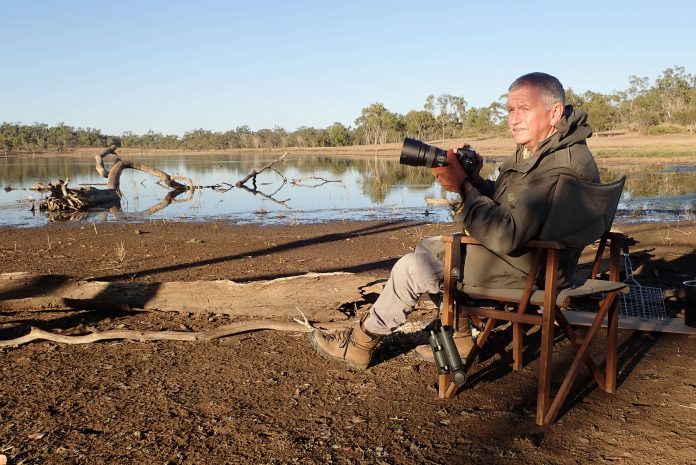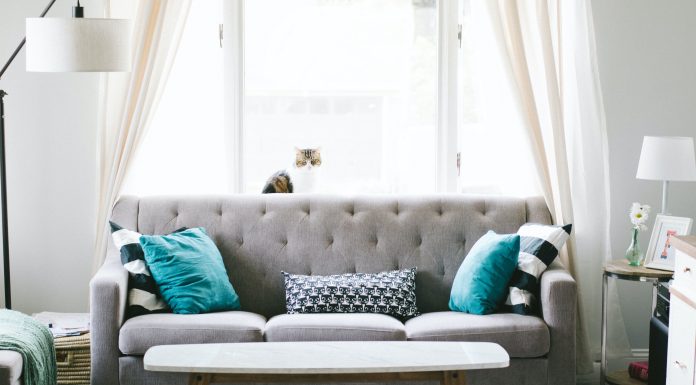Retirement brings the opportunity to take up interests and passions that we struggled to find time for when we were busy working for a living. There are many examples of that, such as gardening, travel and community involvement, to name some of the more popular ones. Another pursuit often taken up by the senior leisure set is birdwatching. This is an interest that rewards patience and observation. It is a calm and peaceful pursuit that can be indulged in while pursuing other activities, or undertaken as a focussed, sole-purpose endeavour.
To begin birdwatching requires nothing more than awareness and an interest in our little feathered friends. Some species are dynamic and bold in the presence of humans, such as the pigeons, magpies and ibis that comfortably forage in public places. However, many species are much more subdued and unobtrusive in their behaviour. Becoming attuned to subtle flutterings and whispered calls will draw your attention to fascinating little birds that have always been there, but just remained unnoticed.
You don’t have to go anywhere to birdwatch. Suburban gardens and even the balconies of high-rise city units host visits by the local birdlife. You can greatly enhance the attraction of your garden, or balcony, by maintaining a bowl of water. It is surprising how quickly birds with come to bathe and drink once you provide a source of water. A few pot plants, or plantings, of native shrubs around the birdbath will further improve its attraction.
Feeding native birds should be avoided. It is very tempting to do so but is most times counterproductive, harmful even. Bread should never be given to any wild birds; it is particularly unhealthy for them. Feeding meat to kookaburras, magpies and butcherbirds is best avoided as well. It facilitates improved breeding success and increases the local population of these predatory birds, to the detriment of all the smaller bird species.
Once your interest in birds begins to develop there are a few things that will help you. First up is a pair of binoculars. Don’t be misled into buying a big, heavy set of binoculars with huge magnification. They are not needed for birdwatching and will quickly become a pain to use.
Most experienced birders use compact binoculars of 8×40 or 8×33 size. What is most important is focussing distance. It is counter-intuitive to many newchums, but your binoculars are most useful at close range rather than long distance. Ideally, your binoculars should focus down to 2 or 3 metres, if not even closer. Why would you look through binoculars at a bird so close? Because the optics of the binoculars blur out the background and sharpen the image, highlighting the fine details of colour and texture often unnoticed by the naked eye.
The next important purchase is a bird guidebook. There are many good guidebooks to choose from. Typical new pricing is in the $40 to $80 range. It pays to buy a new edition too. Genetic research is changing a lot of the taxonomy of bird species and, apart from that, the new editions benefit from the latest knowledge on birds, their habitats and behaviour. There is also plenty of information on the internet. One especially good site is the Australian Bird Identification ABID Facebook page. With a knowledgeable team of birding experts on hand, queries about bird identity are answered quickly, sometimes within minutes.
The best aid to identifying birds is to photograph them. Sure, you can capture images of close-by birds on your mobile phone, but to get better images a more specific camera is needed. A digital camera with a good zoom lens is the place to start. You can buy a suitable new cameras or a slightly more advanced second-hand unit, from about $500. Bird photography can quickly become an absorbing passion too. If that happens, you are on the path to more expensive cameras and large telephoto lenses.
There are many websites, Facebook groups and Instagram accounts that devote themselves to bird photography. Here you can just enjoy viewing some of the wonderful images posted daily. For those seeking to get more involved in bird appreciation and photography, these sites have a lot of information and experienced members to help on that journey. A good place to start is bestbirdphotos.com.au and the Facebook group bestbirdphotos.
























